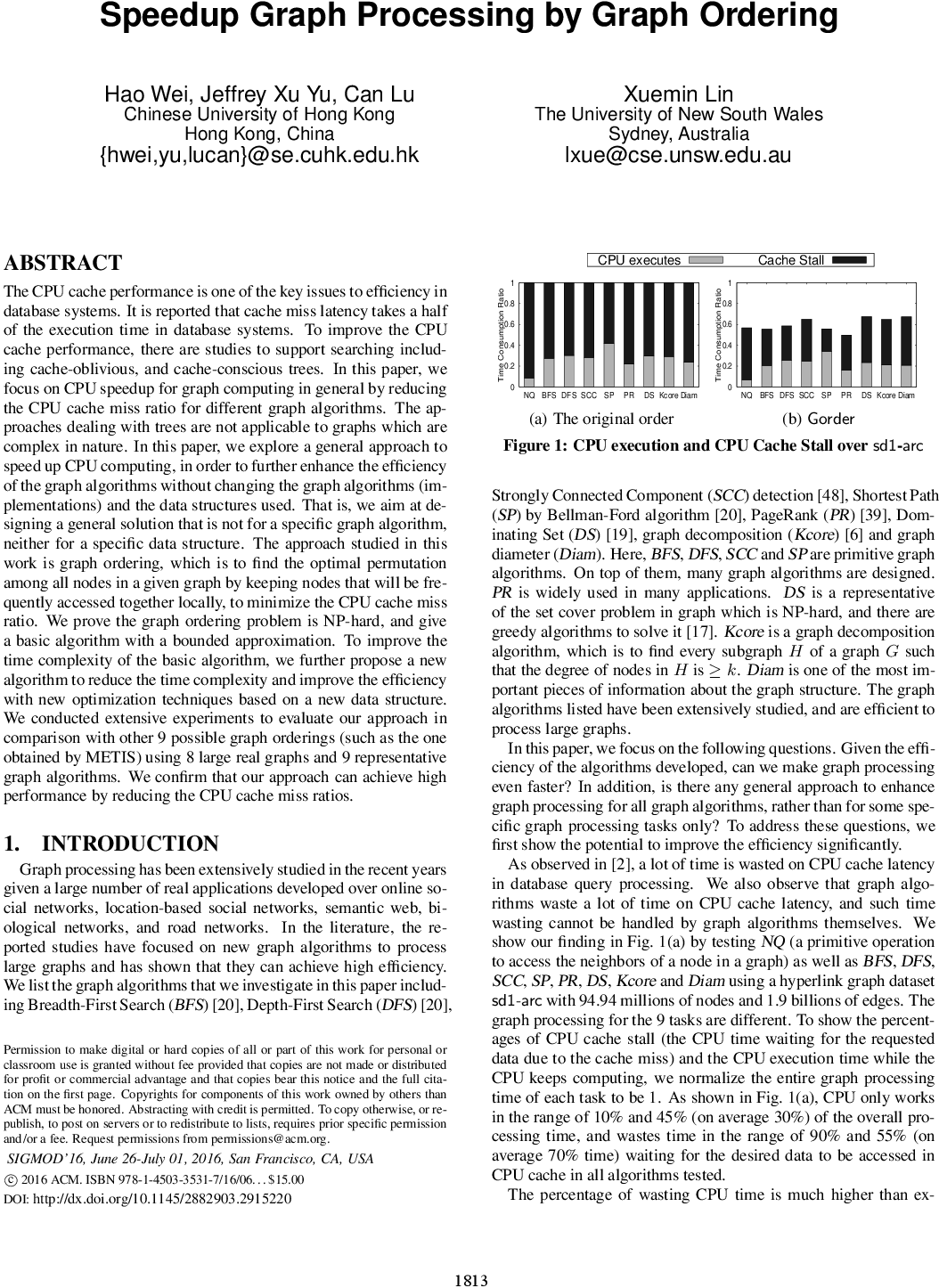☆
1

Authors:
Hao Wei,
Jeffrey Xu Yu,
Can Lu,
Xuemin Lin
Liked by: Maximimi
Domains: Graph algorithmics
Tags: SIGMOD2016
Liked by: Maximimi
Domains: Graph algorithmics
Tags: SIGMOD2016
Uploaded by:
Maximimi
Upload date: 2020-06-03 15:37:00
Upload date: 2020-06-03 15:37:00


Comments:
Edited by Maximimi at 2020-06-04 08:03:26